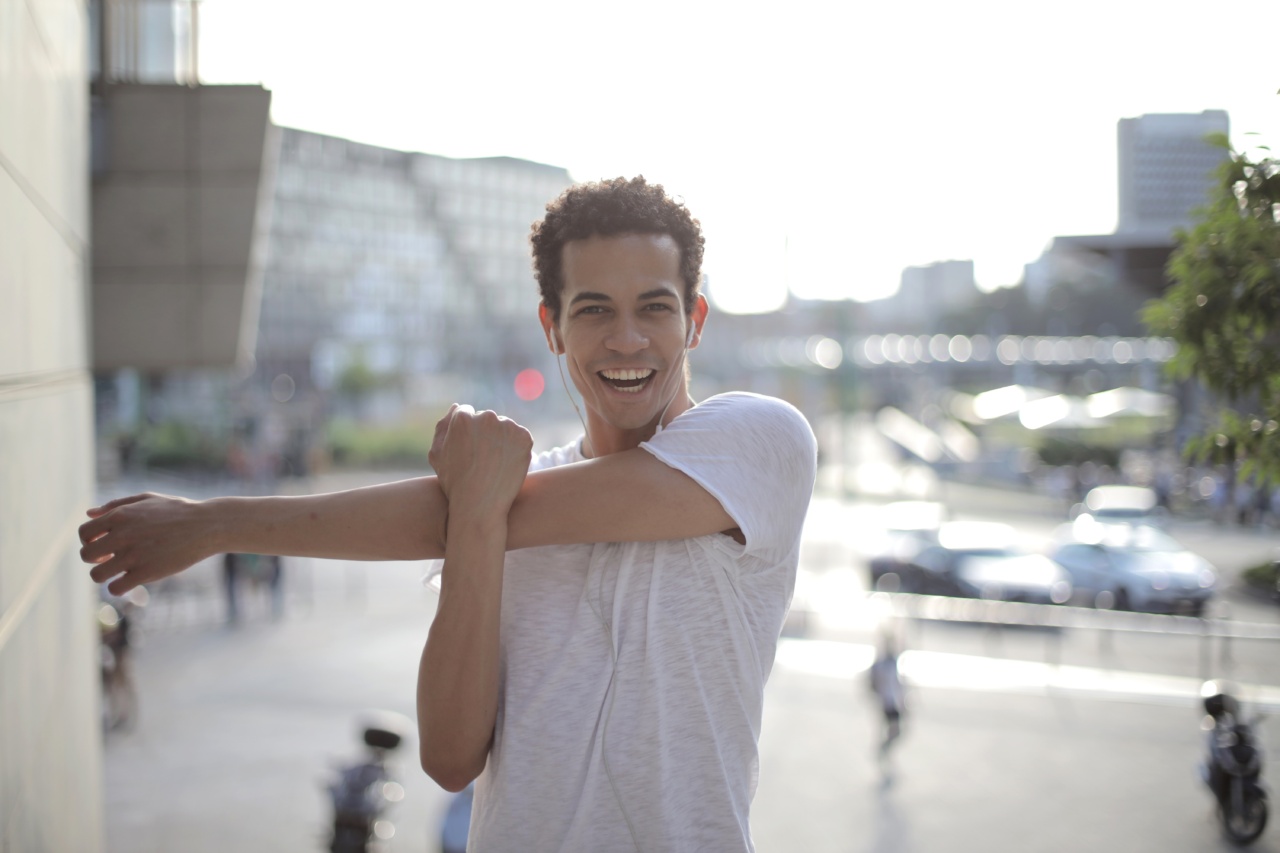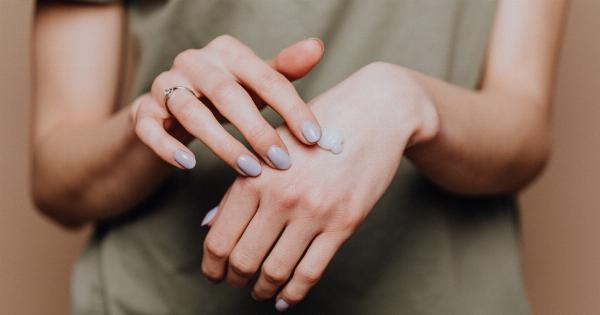Gymnastics is a demanding sport that requires strength, flexibility, and endurance. As gymnasts push their bodies to the limit in training and competitions, it is common to experience muscle aches and soreness.
These post-gymnastics muscle aches can hinder performance and hinder recovery. However, there are several solutions that can help alleviate and prevent these muscle aches.
1. Stretching and Foam Rolling
One of the most effective ways to relieve post-gymnastics muscle aches is through stretching and foam rolling. Stretching helps lengthen the muscles and improve flexibility, reducing muscle tension and soreness.
Foam rolling, on the other hand, is a self-myofascial release technique that targets trigger points and knots in the muscles, promoting blood flow and reducing muscle tightness.
2. Hot and Cold Therapy
Another solution for post-gymnastics muscle aches is the application of hot and cold therapy. Hot therapy, such as taking a warm bath or using a heating pad, helps increase blood circulation, relax muscles, and alleviate muscle soreness.
Cold therapy, which involves using ice packs or cold showers, helps reduce inflammation and numb the pain in the muscles.
3. Massage Therapy
Massage therapy is a popular method for treating post-exercise muscle aches. Professional massage therapists use various techniques, such as deep tissue massage and sports massage, to release muscle tension and improve circulation.
Massage therapy not only provides relief from muscle aches but also helps prevent future injuries by keeping muscles and soft tissues healthy and flexible.
4. Proper Nutrition and Hydration
Proper nutrition and hydration play a vital role in preventing and managing post-gymnastics muscle aches. Consuming a balanced diet rich in protein, vitamins, and minerals supports muscle recovery and reduces muscle soreness.
Additionally, staying hydrated helps flush out toxins from the muscles and keeps them functioning optimally. It is recommended to consume a combination of complex carbohydrates and lean proteins within 30 minutes after training to replenish energy stores and promote muscle repair.
5. Rest and Recovery
Lastly, giving the body enough time to rest and recover is essential in preventing and treating post-gymnastics muscle aches. Overtraining can lead to muscle fatigue and increased risk of injury.
Incorporating rest days into the training schedule allows the muscles to repair and rebuild. Sleep also plays a crucial role in muscle recovery, so ensuring an adequate amount of quality sleep is essential.
Conclusion
Post-gymnastics muscle aches are common but can be effectively managed with the right solutions.
Incorporating stretching, foam rolling, hot and cold therapy, massage therapy, proper nutrition and hydration, and adequate rest and recovery into your routine can help reduce muscle soreness and improve overall performance. By taking care of your muscles, you can continue to excel in the challenging world of gymnastics.
























